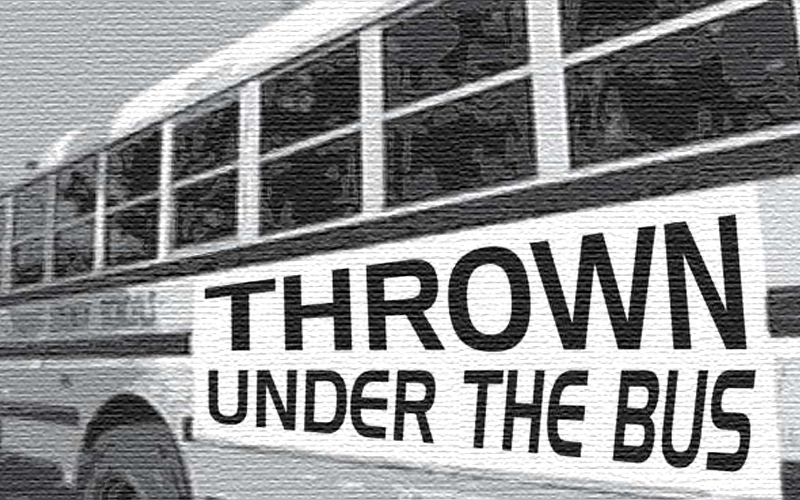Ruth Arlene Howe; Professor, Boston College Law School
February 8, 2005
After enactment of the first “modern” state adoption statute in 1851,adoption in the United States evolved as both a state judicial process and a specialized child welfare service to promote the “best interests” of children in need of permanent homes. During the last quarter of the century, however, developments have occurred which force us to ask whether U.S. adoption is meeting the needs of children, its original child welfare intent, or serving the interests of adults?
The most significant developments are: (1) the increased involvement of the federal government in promoting adoption for children in our child protection system; (2) the federally mandated elimination of race from all adoption or foster care placement decision-making; (3) the opening up of the adoption process, allowing adult adopted persons
access to their records and according birth parents post-adoption visitation rights; and (4) the growth of private adoptions as a business to place infants.
This essay shall focus on developments (1), (2) and (4).
PDF of: Adoption Laws and Practices in 2000:Serving Whose Interests?





